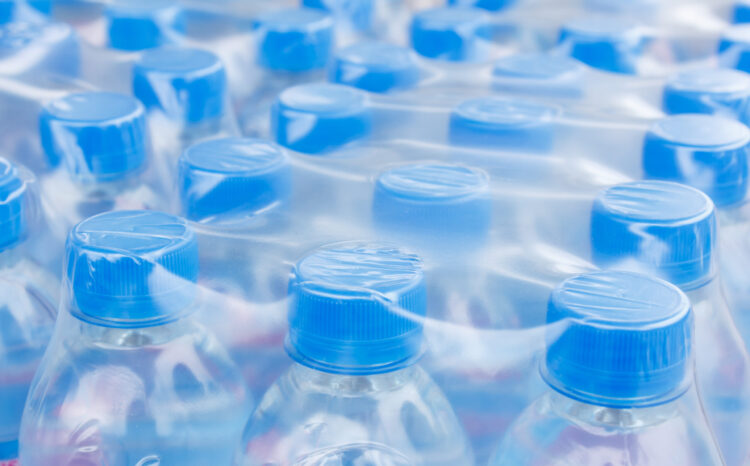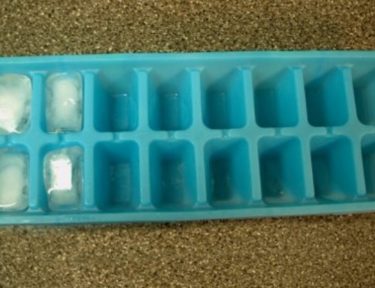Researchers Alarmed By What They Found In Several Common Brands Of Bottled Water
Microscopic plastic particles have infiltrated bottled water at alarming concentrations, according to a recent study by researchers from Columbia University and Rutgers University. The study, published in the Proceedings of the National Academy of Sciences, revealed approximately 240,000 detectable plastic fragments per liter of bottled water, marking a concentration 10 to 100 times higher than previous estimates!
Of the identified plastic particles, 10% were microplastics, ranging from 5 millimeters to 1 micrometer, while the remaining 90% were nanoplastics, particles less than 1 micrometer in size. This discovery raises concerns as nanoplastics, being smaller, pose a higher risk of being misidentified as natural cellular components within the human body, potentially leading to health complications.
The research employed advanced technology, specifically stimulated Raman scattering (SRS) microscopy using two lasers, coupled with machine learning to detect and identify plastic particles. Seven common plastic types were targeted in the study, including polyamide 66, polypropylene, polyethylene, polymethyl methacrylate, polyvinyl chloride, polystyrene, and polyethylene terephthalate. Notably, the study did not disclose the specific brands of bottled water tested.
Rows of water bottles in plastic wrap
The International Bottled Water Association responded to the study, emphasizing the need for a comprehensive review within the scientific community and advocating for further research to establish standardized methods for measuring and quantifying nanoplastics. The association asserted that there is no scientific consensus on the potential health impacts of nano- and microplastic particles, cautioning against unnecessary fear caused by media reports.
The researchers speculated that some plastics detected in bottled water might originate from the plastic used in certain types of water filters. The study sheds light on the prevalence of nanoplastics, which were previously challenging to quantify and visualize, providing a clearer understanding of the chemistry and implications of their presence.
Moving forward, the researchers plan to extend their investigation to tap water, air, food, and human tissues, aiming to unravel the extent of plastic infiltration into various aspects of daily life. With humans producing over 440 million tons of plastic annually, the study underscores the urgent need for increased awareness and efforts to mitigate the environmental and health impacts of plastic pollution.
To hear more about the new research, check out the video below.
Have you ever considered the unseen impact of plastic particles in everyday items like bottled water?





